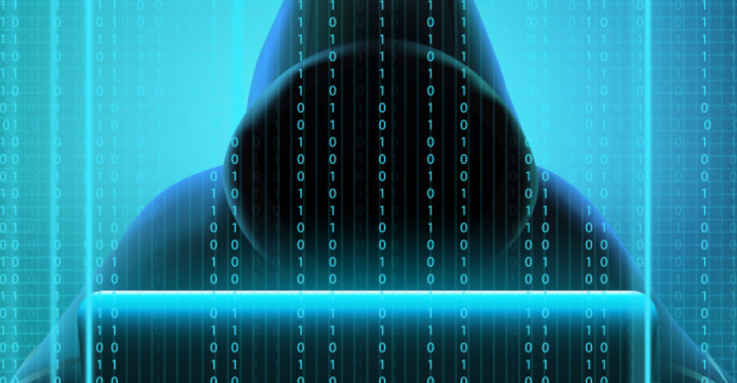

It has been proven time and time again that remote access malware can be a big threat when it comes to stealing confidential information and data. This type of malware allows cyber attackers to exploit one’s network vulnerabilities, and gain unauthorized access to it. For many years, IT help pros have been coming up with ways to combat remote access malware, but fighting such threat seems to be a difficult task to accomplish.
In this post, we’ll be discussing a few practical ways on how you can combat and prevent remote access malware. We’ll also give you its brief definition, and discuss how it can pose security risks to your system.
Remote access malware (or sometimes referred to as remote access trojan) is a type of malware that gives attackers and online perpetrators unauthorized access to a private system or network. This RAT malware aims to steal confidential information and cause a major security breach. Remote access malware typically enters your system by disguising as legitimate software, making it hard for you to detect and identify it.
Once the malware has entered your system, it will create an entry that will act as a gate for hackers to enter. Remote access malware usually starts as a reputable file or software that can be downloaded from the net. Once installed or downloaded, it will act as if it’s part of your system or machine. So each time your computer functions, the remote access malware starts running too.
After being installed, the remote access malware will then open a port on your computer. This port will serve as a virtual connection that will record confidential and private sessions across a network. The information that will be recorded through the ports will then be sent to attackers, finally altering your files and spreading malware to other computing devices.
Unlike most malware programs, remote access malware can still pose security dangers to your system even after being removed. This malware has the ability to alter files, modify hard disks, and download harmful data. Other than those things, remote access malware can gain user passwords and codes through screen and keystroke captures. Your system can also be exploited through screen and microphone recording.
Remote access malware also has the ability to pose as a legitimate user. This means that attackers can control the entire machine and perform several computing tasks through unauthorized access. They can send files, modify data, and attack other computers on behalf of the legit user.
Fortunately, there are a couple of ways for you to combat remote access malware. Although it is one of the hardest malware to fight and remove, there are still several security practices that you can implement to at least keep yourself safe from this malware. Here are them:
Check if you’re already infected – Although remote access malware is hard to detect, there are still several signs and warnings that will tell you if you’re already being infected by this malware. Check if your keyboard and mouse are acting strange, prompting commands on their own as if someone is using them remotely. Also, if your webcam is consistently turned on, you may want to consider the fact that you may be being subject to a remote access malware attack.
Invest in the best anti-malware solutions – Fortunately, there’s a bunch of anti-malware software out there that can catch and combat security threats including remote access malware. So to ensure that you are well-protected against this type of malware, splurge in the best and most effective anti-malware software out there. You also need to update your anti-malware solution from time to time.
Disconnect your internet connection – One of the most effective ways for you to prevent a remote access malware from infecting your system is by turning off your internet connection from time to time. In this way, attackers and cybercriminals won’t be able to monitor you and control your machine remotely. If you don’t need to use the Internet, then it’s best for you to turn it off temporarily for your system’s protection and security.
Conclusion
It’s true that the best way to combat remote access malware is by preventing it from happening in the first place. By implementing some of the prevention practices listed above, you are more likely to maintain an environment completely free of this malware. Now that you know some of the practical ways to prevent remote access malware from infecting your system, it’s time for you to improve your network’s security and protection.
Tags: